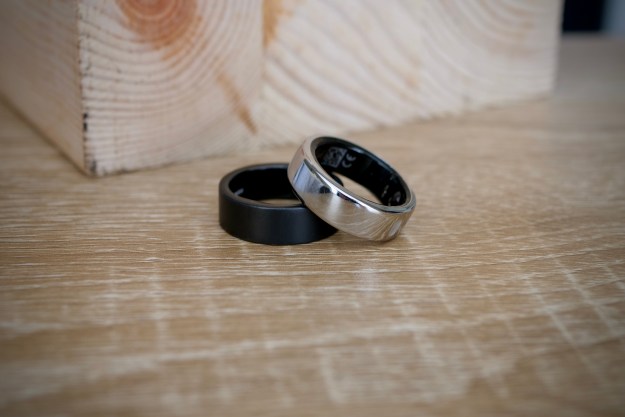
Canada’s Research in Motion has been facing increasing pressure to come up with devices that can compete with the iPhone, iPad, and Google’s burgeoning Android ecosystem…and now there are rumblings of a shareholer revolt. An investor has launched a lawsuit against RIM claiming officers failed to disclose adverse information about the company’s financial situation—in violation of U.S. securities law. In essence, the suit claims that RIM offered misleading revenue projections during the time period to retain investors, then scaled back its revenue forecasts, revealing that the company expected more and more of BlackBerry smartphones it sells to be at the lower range of its product line.
The suit seeks unspecified damages on behalf of anyone who purchased RIM stock from December 10, 2010 through April 28, 2011, when RIM lowered its revenue forecast.
RIM claims the allegations are “without merit” and that the company intends to fully defend itself from the suit.
The suit comes as investors are increasingly anxious about RIM and its ability to respond to the success of Android and Apple’s iOS platform. RIM has seen its share price drop as its share of the smartphone market has eroded, and while the company still enjoys a significant customer base (particularly in enterprise and government) an increasing number of those customers are legacy users who have been with RIM for a while. Despite the high-profile launch of the BlackBerry PlayBook, the company doesn’t seem to have been able to mount a competitive response to iOS or Android.
The company’s unusual co-CEO and co-Chairman structure is also drawing scrutiny from investors: Mike Lazaridis and Jim Balsillie are the company’s largest investors, and both occupy the CEO and chairman positions in the company. Some industry watchers feel this arrangement has made RIM’s executive leadership ineffective, and some shareholders are even calling for RIM to jettison one CEO: Northern Securities analyst Sameet Kanade has published an open letter asking RIM to drop Balsillie as co-CEO.
Some are looking to well-known activist investor Carl Icahn to take a significant share in RIM and force changes to the company—although what, exactly, those changes would be remains very unclear. However, despite RIM’s falling stock price, the company has no significant debt, and it would take someone with very deep pockets to buy enough of a stake in RIM to force change.


